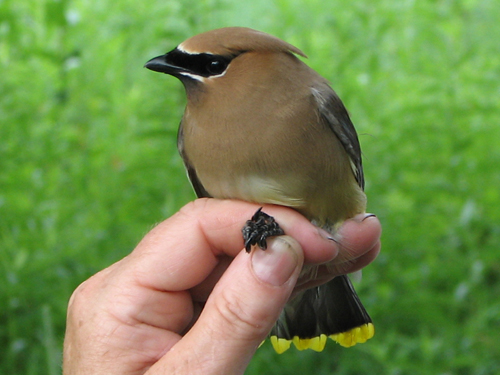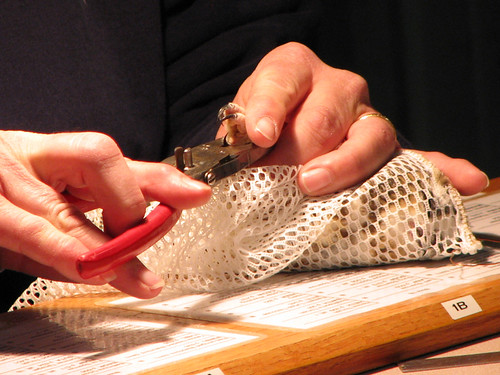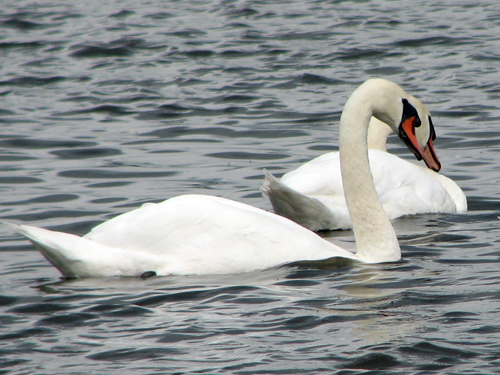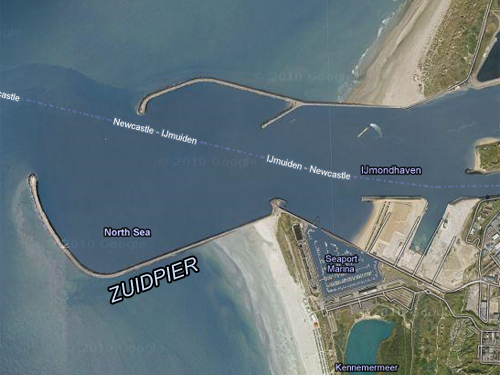Learning from blogging bird banders
This post is really about a specific niche of bird blogs, but I couldn’t pass up commenting on the bird blog news that has been boggling my mind in the past few weeks.
Seriously, I picked a lousy month to fall behind in my blog reading! October has been an exciting month for bird blogs, to put it mildly. In late September, the Nature Blog Network asked the community for input on expanding the network, and in early October they introduced two new team bloggers. More big changes are on the way. Big recent changes at the ABA include the announcement of a new president on October 4, and a new, multi-authored ABA Blog. On October 18th, the three regular bloggers at 10,000 Birds announced the addition of several beat writers to the team. On October 20th, the multi-authored BirdingBlogs.com officially launched. And then, yesterday, the “mega-blog” North American Birding officially launched, although contributors have been posting for a few weeks already.
With all of these new superblogs added to my reading list, I may never catch up. Back to the subject at hand — for this post I wanted to highlight some more neat bird banding blogs that I’ve been following in my quest to learn more about the technicalities of banding birds. Science learns a lot about birds from banding schemes, as mentioned in my last post (which obviously doesn’t even begin to scratch the surface). And I have been learning a lot about birds, and the ins and outs of banding, by following bloggers who band. These are some of the banding-themed blogs that I’ve been following for a while.
The WPBO Owls blog primarily covers Saw-whet Owl banding at the Whitefish Point Bird Observatory. They’ve had a good season this fall.
Net Results is a blog from banders at the Rouge River Bird Observatory at the University of Michigan-Dearborn. In addition to banding birds, they are running a study on the preferred seeds of certain bird species. Pretty neat reading.
Minnesota Birdnerd bands birds near Apple Valley, Minnesota. This blogger also frequently posts radar images showing bird migrations. Very cool.
Faab’s Sightings. Faab is a young birder who rings birds in the Netherlands. It’s neat to see the Dutch perspective on bird ringing – and they get some pretty great birds, too.
Rob’s Idaho Perspective. Rob is a masters biology student, and banding songbirds and raptors is part of his field work.
BSBO Bander’s Blog is from the Black Swamp Bird Observatory in northwestern Ohio. This is a banding station I’ve been lucky enough to visit as a spectator a couple of times. I love this blog because it shows lots of closeups of birds and points out unusual field marks and identification techniques. The blogger also challenges readers with quiz birds.

Alder or Willow Flycatcher, Black Swamp Bird Observatory, May 2010
If you search Google for “bird observatory” blog, you’ll find many results (unfortunately, not all of the listed blogs are active). Do you follow any bird banding blogs? Please let me know your favorites in the comments!







































